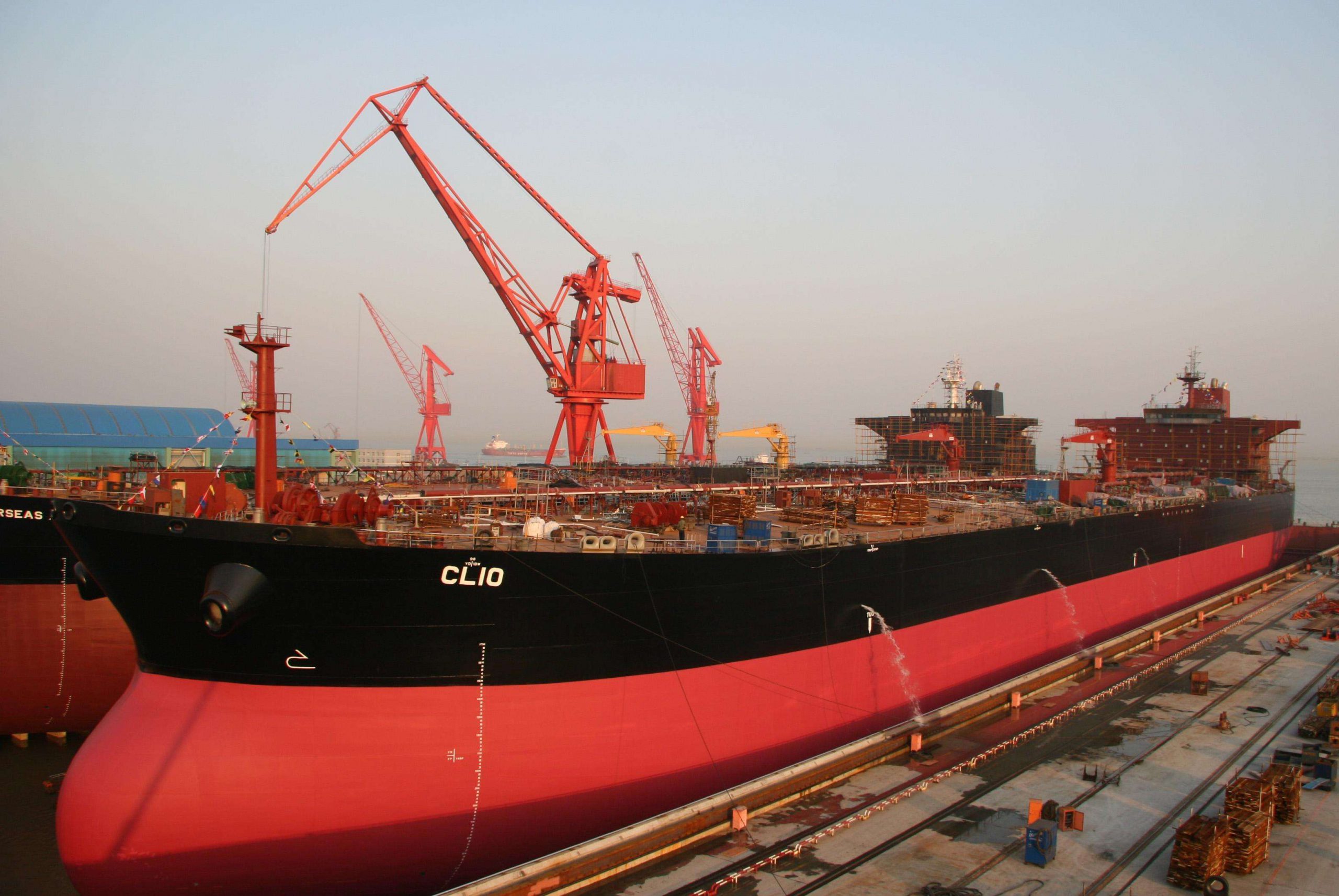The number of new ship orders in the first half of the year fell to the lowest level in 25 years

- Date: Jul 24, 2020
- Comments: no comments
- Categories: News
Review of newly signed orders in the first half of 2020
The global spread of the new crown epidemic has brought unprecedented uncertainty to the global economy. The development of maritime trade and the shipping market has been severely challenged, affecting the level of new global orders. In the first half of 2020, approximately 5.7 million revised gross tonnages* were newly signed globally, the lowest level in nearly 25 years, although only slightly lower than the 6.6 million revised gross tonnage in the first half of 1999 and the 6.1 million revised gross tonnage in the second half of 2016 . The number of new orders signed for the three major transport vessels has dropped sharply compared to the same period last year; the number of new orders signed for gas vessels has dropped sharply in the first half of this year; of course there are some bright orders, including orders for dual-fuel vessels, wind power installation-related engineering vessels and the surrounding area All the way project related orders. Among the total number of new orders signed in the first half of the year, China, South Korea, and Japan accounted for 61%, 20%, and 10%. Chinese shipyards rank first and have won almost all orders for container ships and large LNG ships. The increase in the market share of Chinese shipyards is partly driven by the investment in newbuildings by domestic shipowners, including a series of long-term contracts from Chinese leasing companies.
Note: It may be adjusted later due to the retrospective records of newly signed orders that were partially reported late.
The historical lows of new orders signed under different statistical units
The historical lows of newly signed orders under different statistical units appeared in different periods. In terms of deadweight and gross tonnage, the historical low point in 25 years was the second half of 1999 (12.3 million deadweight/9.5 million gross tonnage); new orders signed in the first half of 2020 were 17.60 million deadweight tonnage/11.5 million gross tonnage; The annual order volume is the lowest in 2016. In terms of investment, the 25-year historical low was the second half of 2001 (only US$12 billion), which was mainly affected by the global economic slowdown and the 9/11 terrorist attacks; for comparison, the investment in new shipbuilding in the first half of 2020 For $13.8 billion. In addition, the newly signed orders in the 1980s, not shown in the figure, were also at a low level, when many Korean shipyards had just started production.
2020 1H newly signed orders account for 0.9% of fleet capacity
Although the number of new orders signed in the first half of 2020 is sluggish, it is not difficult to see from the graph at the top of the chart this week that the shipbuilding industry has become accustomed to large fluctuations in the demand side, which is one of the many reasons for the ups and downs of the new shipbuilding market. In the second half of 2007, the level of newly signed global orders accounted for 12.7% of the global fleet in terms of deadweight tonnage, while this proportion was only 0.9% in the first half of 2016 and the first half of 2020.
2020 1H handheld orders accounted for 7.8% of the fleet capacity
From a more positive perspective, after experiencing the low delivery point caused by the new crown epidemic in February, the global delivery level of new ships (especially Chinese shipyards) has returned to about 85% in the same period in 2019 in recent months. In the first half of 2020, global shipyards delivered a total of 13.8 million revised gross tonnage of new ships, a decrease of 20% year-on-year; the non-delivery rate increased, but the overall delivery level may be better than predicted at the beginning of the epidemic (except for the recent delayed delivery of cruise ships). Under the combined effect of the continuous delivery of new ships and the downturn in new orders, the proportion of hand-held orders in the fleet in deadweight tonnage has dropped from 9.4% at the beginning of the year to 7.8%, which means that in the later stage of the new crown epidemic, the global fleet will be Low-speed growth model; shipyards will continue to face pressure to accept orders. The global hand-held order coverage rate (that is, the ratio of the total number of current shipyards’ hand-held orders to the previous year’s delivery volume, which measures the number of years that the current hand-held orders can maintain the shipyard’s operations) has dropped to the lowest point in 25 years: current in deadweight tons The hand-held order coverage rate was only 1.6 years, and in 2008 the index was as high as 6 years.
Although the new orders signed in the first half of the year are under pressure, there is still a possibility of recovery in the future. In the current severe market environment, the pressure of signing orders may prompt shipyards to adopt more active sales strategies, including discounts on order prices, and improvements and breakthroughs in ship design (such as adding technical designs related to environmental protection regulations or fuel conversion, etc.) , A series of measures may to some extent promote the number of new orders signed globally in the second half of this year and 2021.







No Comments Yet.